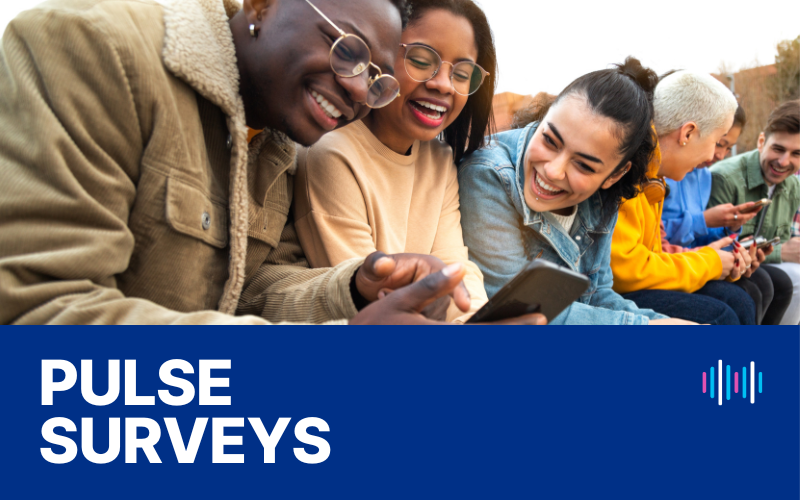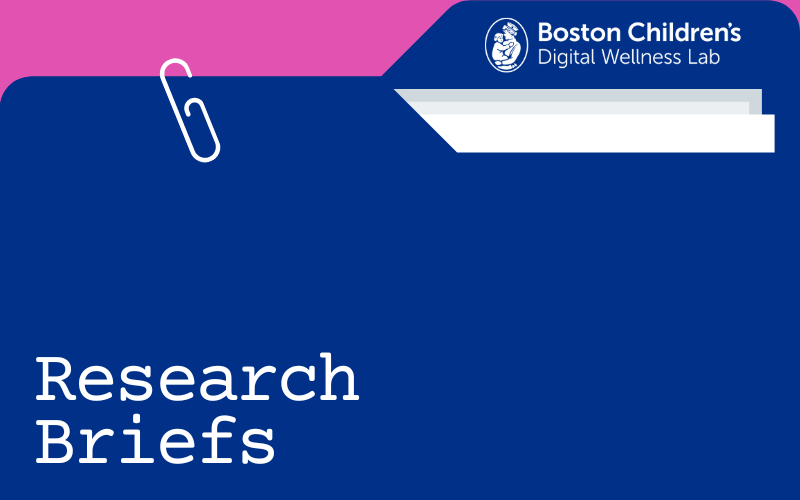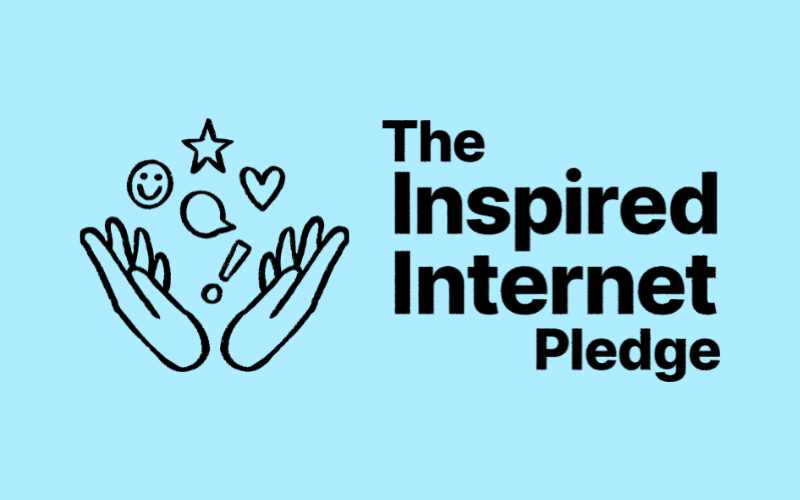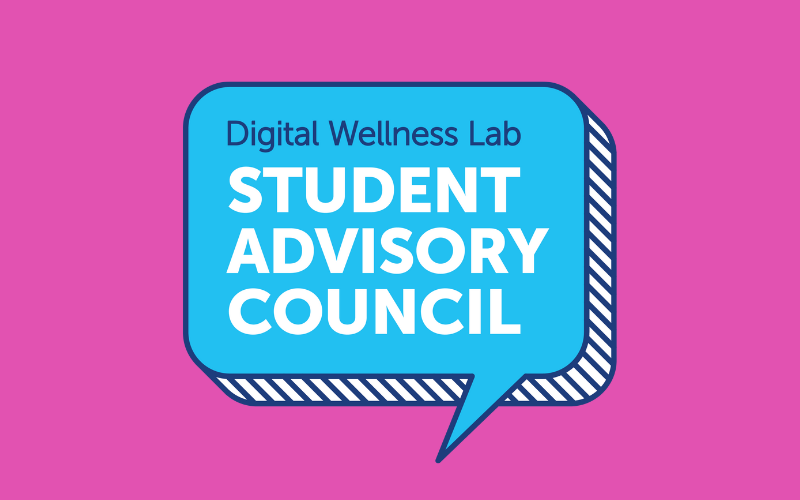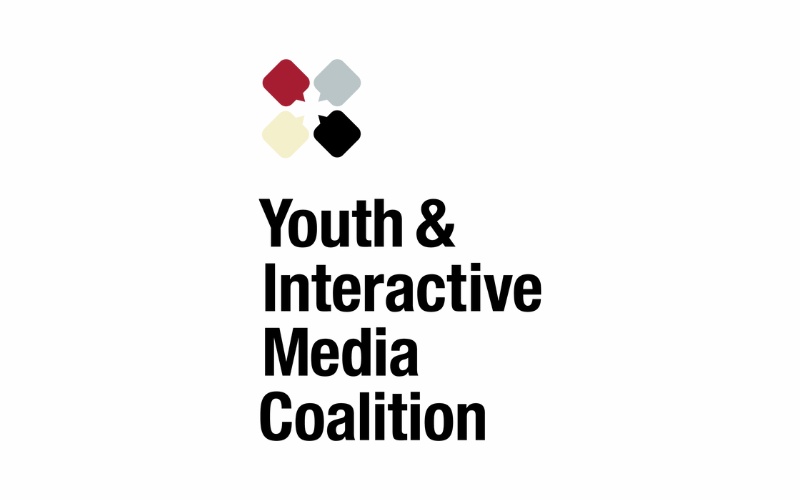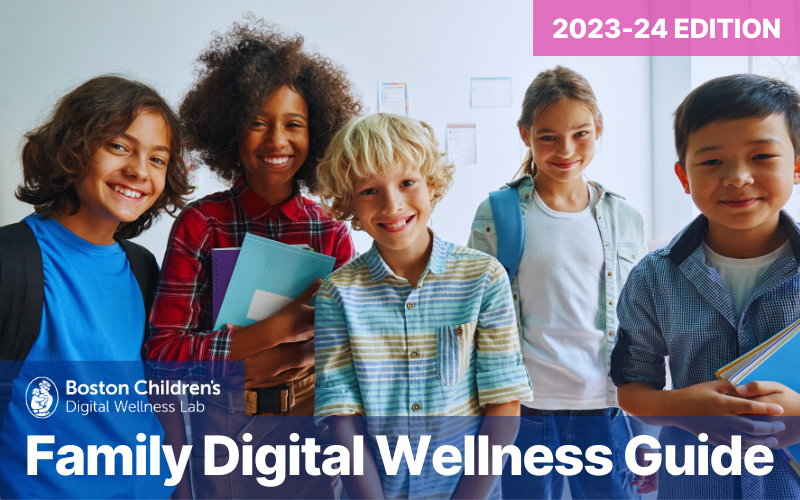Is that really true?! We’ve all seen the screaming headlines and tempting clickbait. Unfortunately, not all of the information on the internet tells the whole truth, and some of it is just plain false. Disinformation and misinformation can potentially to be extremely dangerous—especially for children and teens, who are still building the critical thinking skills they need to distinguish fiction from truth.
Misinformation is the sharing of false, misleading, or inaccurate information without bad intent. Disinformation is the purposeful sharing of false, misleading, or inaccurate information with an intent to deceive and/or to cause harm.
Inaccurate information and “fake news” have been around for all of human history. With the advent of the internet and social media, however, it is now nearly inescapable, as it can be created and spread with the mere push of a button, appearing alongside more credible information.
In a recent study conducted by researchers at Stanford University, over 80% of middle schoolers asked about a web page believed an advertisement on the page marked as “sponsored content” was a real news story. In that same study, more than 40% of high schoolers shown a misleading post with an image believed it was authentic based on the pictorial evidence, without considering the image source or other details to determine its accuracy.
Where are kids getting information and news?
In recent surveys conducted by Common Sense Media, 78% of teens and 48% of tweens and teens said that it was important to them to follow news and current events.
The majority of children 8-12 say that they get the majority of their news and information from family, but this begins to shift more predominantly to online sources, including social media and news websites, as they move into their teen years. Over half (54%) of teens report that they get news from social media sites and half (50%) from YouTube. Celebrities and other influencers are key news and information sources for teens and algorithms, particularly those on YouTube, are instrumental in driving teen viewers to more content. A majority (64%) of teens report that they prefer visual sources of information, such as videos and images, over text-based sources.
Private messaging apps and word of mouth remain key sources of information into the teen years. Young people report the sense that they can passively interact with the news, that it “will find” them, which heightens the power of the algorithms used in social media and even news websites.
How prevalent are disinformation and misinformation?
There was an unspoken agreement in previous generations that the news media shared “the whole truth and nothing but the truth.” Information was often shared by word of mouth and was sourced from a handful of generally reliable newspapers, television news broadcasts, and radio programs.
It’s not so simple today. Youth are coming of age in a time of technical sophistication. The news cycle runs 24 hours a day across multiple modes of media, available in nearly every teen’s pocket. Anyone with a computer and modest technical skill can create fake videos or alter images, and everyone with a social media account can author content and share posts to potential millions of viewers.
Research on misinformation and disinformation prevalence is still somewhat undecided and depends heavily on the type of information (e.g., health, politics, etc.) and the delivery mechanism (e.g., cable news, Twitter, YouTube, etc.), however it appears that misleading or inaccurate information is at least as prevalent in common online news sources as accurate and credible information, and may outpace accurate information during particularly emotional events, such as election seasons.
On social media, false information has been found to spread further, faster, and more deeply than accurate information. Sometimes, inaccurate or false information can be shared without bad intent – posters may not recognize the information is false, they may be sharing it to alert others to the hoax, or they may be sharing what they recognize is a joke (but others may not). Other times, people are spreading misinformation purposefully to cause harm – to gain social media followers, to cause confusion about an issue, or for their own financial or power gain.
Should I be concerned about disinformation and misinformation?
The mix of credible and false information online, without clear categorizations or markers, can be confusing, leading even the most critically-informed readers and viewers to be duped. Children and teens are still developing their critical thinking skills and may be more vulnerable than adults to false information, hoaxes, and scams.
Inaccurate information online tends to be emotionally laden, targeting our beliefs, values, and leveraging anger, outrage, and fear to get the reader or viewer to act (typically by sharing). It can be subtle, using images or language to bias and argument or making minor changes to real images (such as changing the wording on a person’s tee shirt). This combination of emotion and a need to deeply analyze the information can override our ability to assess the veracity and credibility of information.
Disinformation and misinformation can be used to target certain groups and spread hate, which has potentially devastating consequences and impacts in the real world. Teens have an awareness of racially-charged language in “news items” online and report feeling overwhelmed by the racism they encounter.
Young people report that they feel less motivated to consume news, as it can feel confusing, distressing, highly negative, and untethered from their realities. Misinformation and disinformation about health and politics can cause people to make personal and community choices based on inaccurate data. This combination of disinterest and engagement with false information can lead to serious consequences at an individual, family, local, national, and even global level.
How can I teach my child to recognize disinformation and misinformation?
Combatting disinformation and misinformation is tricky, even for adults, half of whom report that they believe that the government and technology companies should be taking measures to restrict false information from being published. Young people seem to understand the importance of combating misinformation and are aware of how it relates to their own habits online and on social media. Many youth are checking their sources too – Common Sense Media’s report on kids and the news found that 70% of respondents “often” or “sometimes” try to validate a suspicious piece of news.
- Guidelines from the Technology in Early Childhood Center can help you encourage early media literacy.
- Understand that young children may not always understand what they are seeing or hearing, even if it looks like they are. Explore one type of media at a time, identify what is happening, and encourage your child to ask questions about what they are seeing or hearing.
- Explore how media are made — make a video together, take apart an old device, or watch a video about the making of a tv show.
- When they are able, have a conversation with your child about how they media they are interacting with makes them feel and why someone may have made that piece of media.
- Play a game of detective to try to figure out who created a piece of information (e.g., a video, a news article, a photo), when they created it, where, and why. Think creatively together about what that creator may have wanted you to think and feel when you consume it.
- Choose a single news story and look it up on multiple outlets and media types (e.g., look up stories about a topic of interest on local and national news sites, international news sites, video sites, and social media). Discuss how the story is presented in each and what carries throughout all sources.
- When an advertisement comes on, you can ask your child what they think the ad is trying to get them to do, who they think created it, and what is attractive (or not) about it.
- For older children, there is an online game called Factitious that has users try and figure out if a news article is fake or real.
- Ask your child to show you some of the influencers they follow on social media. Ask them what they like about each and what they think that person or company is trying to get them to think or do.
- Try starting a conversation with your child using yourself as a real-life example of how you were exposed to or misled by disinformation or misinformation. Ask them if this has ever happened to them.
- Ask your child about what they would do if a friend posted something that isn’t true on social media. How would they verify the accuracy of the information? What would they do next?
What should I teach my child to think about and do when consuming information online?
Don’t just take what you read at face value. Investigate sites, the mission, who owns it, and what country it’s based in. Is the author a real person? If so, are they credible? Click through to see what other articles they have written and whether or not they think they are trustworthy and why. Look for excessive typos and poor grammar, which can often be markers of false information or low-credibility sources.
Images and videos can be altered in ways that make it nearly impossible to distinguish fake from real and these, as well as written information, are often designed to elicit strong emotions. When something seems too good to be true or fishy, use sites like factcheck.org, Snopes, and a media bias chart to help figure out if it is true or not.
Headlines are written to tap into our emotions to get the most clicks, even by reputable sources. Sometimes, people may even share or comment on articles without even reading it. As a 2014 April Fools joke NPR posted an article titled “Why Doesn’t America Read Anymore?”, which resulted in lots of people commenting – many angrily – on the article. But the post was a joke, and a bit of a test, because when the link was clicked on, the actual article told readers that it was an April Fools joke and they had a feeling some people might be commenting on stories they hadn’t actually read. So if something elicits a strong emotional response from you, read the entire piece carefully before sharing it and be aware of the emotions the writer might be trying to make you feel.
In earlier decades, there were few television stations and pretty much everyone got the same news. It was also easier to tell what was opinion and what was fact as most media outlets made a clear distinction between the two. In today’s media environment, the distinction is often nonexistent. So, when consuming “news” it’s important to identify if it is opinion or fact.
An author may only provide the information they want you to see to tell their narrative. Encourage your child to check multiple sources to identify a more complete story.
The content we see online, especially on social media, is delivered to us based on an algorithm that draws from what we have searched for, or spent time viewing, in the past. This means that we typically receive information that confirms our biases, or tells us what we want to hear. Checking multiple sources, especially those that may conflict with your beliefs or values, will help you to see a story from all angles in order to amass the full set of facts and to separate these from opinions.
Even adults get fooled by headlines from The Onion, Shouts & Murmurs, and other satirical publications and pieces. Read beyond the headline, check the source, and ask whether it may be written in such a way as to be a joke.
Many influencers and celebrities feature ads on their social media pages that aren’t always instantly recognizable as advertisements. Instagram often shows only the first three lines of a caption; teach your child to read more on celebrity and influencer posts to check for sponsored content tags like #partnership, #sponsorship, #sponsor, or even #ad.
Classic signs of phishing emails include sender email addresses that don’t contain a company name at all (e.g., lisa@mac.com), a false version of a real company name (e.g., lisa@facebooker.com), or a free email version of a real company (e.g., lisa-instagram@gmail.com). Phishing messages may use emotional announcements to get your attention, claim to have your number in their contacts, or ask you to provide sensitive or private information. It’s important to verify who you are dealing with before responding. If you suspect it’s a phishing email or message, delete it right away and block the number or email address. To learn more about how to spot phishing, check out sites like Phishing.org.
When you’ve identified false information on social media, each platform offers a mechanism for reporting the story or post as false. The World Health Organization has collected how-to guides for each social media and news platform here, to help you do this quickly and easily.
It’s easy to forget that not that long ago, none of us walked around with internet access in our pockets. But today, it’s common for a 10-year old to possess a computer (e.g., a smartphone) that has the ability to instantly access the good, the bad, and everything in between, available online.
By helping kids learn how to analyze information, distinguish fact from opinion, and draw evidence-based conclusions that inform their actions, parents, educators, and other caregivers can help children develop lifelong critical thinking and media literacy skills that can also translate back to school, social life, and relationships.
Other resources to help young people learn about media literacy
About Disinformation and Misinformation
- How to Spot Fake News (International Federation of Library Institutions and Associations, Infographic)
- Fake News: How to Spot Misinformation (NPR, Radio Program Recording)
- The Ultimate Cheatsheet for Critical Thinking (Global Digital Citizen Foundation, Infographic)
- Checkology (News Literacy Initiative, Educational Platform)
- Factitious (AU Game Lab, Educational Game)
- Educator Tools: News Literacy (News Literacy Foundation, Tools and Resources)
- Project Look Sharp: Media Literacy Tools for Educators (Project Look Sharp, Tools and Resources)
- Tips for Analyzing News Sources (Melissa Zimdars, Tools and Resources)
- True or False: a CIA Analyst’s Guide to Spotting Fake News (Cindy Otis, Book)
- Fake News: Understanding Media and Misinformation in the Digital Age (Melissa Zimdars and Kembrew Mcleod, Eds, Book)
- Fake News: Separating Truth from Fiction (Michael Miller, Book)
- Young People and the Future of News: Social Media and the Rise of Connective Journalism (Lynn Schofield Clark and Regina M Marchi, Book)

